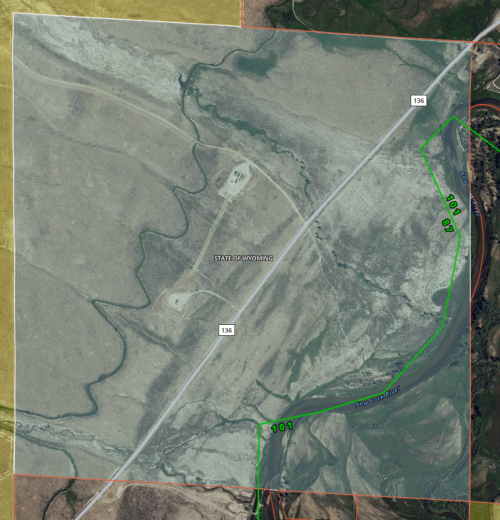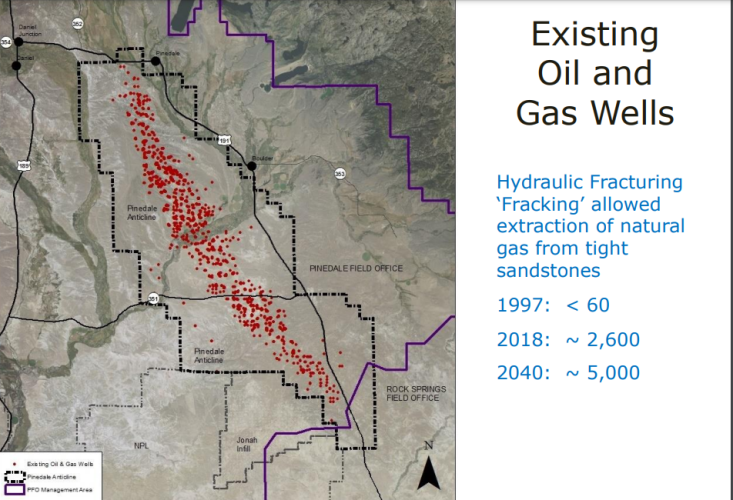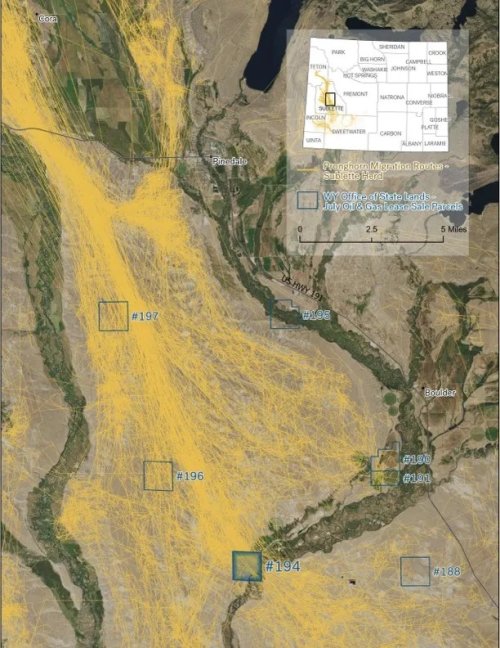Irrelevant
Well-known member

Scientists: ‘Path of the Pronghorn’ misrepresented in gasfield suit - WyoFile
State and federal attorneys argue in appeals court pronghorn migration doesn’t occur in Jonah Energy’s Normally Pressured Lance field. Ecologists say their work was misrepresented.
Prior to posting, I went back through and reread this thread. One of things I think you got wrong @wllm, is that an acre of development = an acre of disturbance. At one point you compared 700 acres of contiguous solar to 100s of smaller well pads scattered over a large area (my #s might be slightly off).
But what that disregards is the buffering disturbance around that development that wildlife also avoid.
Wildlife will avoid development by some buffer distance (I'm sure it depends on the critter and the time of the year), we have the collaring data to show that. So if we're going to look at the total impact to wildlife we need to include those buffer distances. For solar that is only factored in on the perimeter acres for the single large development. But for the O&G it's every one of those pads and long every road. If we do that then you can actually pass the smell test, and get to a point I think we all inherently recognize, which is that a single 700 ac contiguous development is less harmful that 200, 3.5 ac patches of development connected by miles of roads.
It's really no different than supporting denser urban housing over large ranchette developments.
Since this thread was created, I lobbied, albeit unsuccessfully, that a proposed orchard development near me, which was already required to provide 1:1 mitigation (conservation easement on undeveloped lands), needed to include a buffer distance as part of the development acreage. However, I was successful in at least preventing that immediately adjacent area as being included in part of the mitigation acres. Not ideal but at least the patch of grass next to the fence wasn't being counted as a positive for wildlife. A small victory for the migratory elk that calve in the area.










